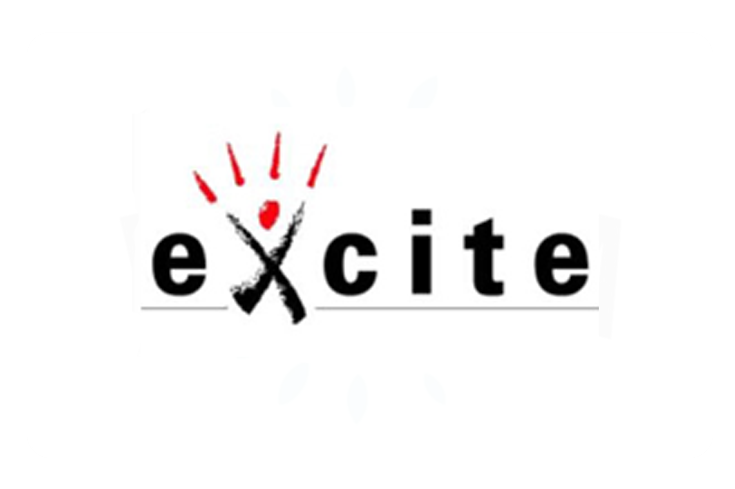About Excite
Excite was founded in 1995 by six Stanford students, including Joe Kraus and Graham
Spencer, as one of the earliest web search engines. It was a pioneer in providing an
all-in-one portal experience, offering not just search, but also news, email, and weather
updates. In 1999, Excite merged with @Home Network, becoming Excite@Home. However,
the company struggled during the dot-com crash, eventually declaring bankruptcy in
2001.
Excite used a crawler-based technology to index web pages and provide search results. It
also became one of the first search engines to integrate personalization features, offering
a customizable homepage where users could access various types of content. Although it
initially developed its own algorithms, after the dot-com crash, Excite began relying on
third-party search engines like Google to deliver results.
Excite still exists today but operates as a portal website rather than a leading search
engine. It provides a mix of news, games, and web search services, though its influence
and user base have significantly diminished since its heyday. It now functions more as a
legacy brand rather than a competitive player in the modern search landscape.
Excite Timeline
-
1995: Excite was launched by a group of Stanford University students, including Graham Spencer, Joe Kraus, and Mark Van Haren. It started as a search engine and online portal, offering news, weather, and web search, making it one of the earliest competitors in the search engine market.
-
1996: Excite received a major investment from Kleiner Perkins Caufield & Byers, which helped it expand its operations and become one of the most popular websites of the time. It launched several services, including email and chat, to enhance user engagement.
-
1997: Excite acquired WebCrawler, further solidifying its position in the search market. The acquisition allowed Excite to integrate WebCrawler’s features and expand its reach.
-
1998: @Home Network, a broadband internet service provider, acquired Excite for $6.7 billion, renaming it Excite@Home. The merger aimed to combine Excite’s web portal services with @Home’s high-speed internet capabilities, creating a more integrated user experience.
-
1999: At the height of the dot-com boom, Excite@Home was one of the most visited portals on the web. However, the company struggled to monetize its services effectively, and the high costs of maintaining a broadband infrastructure began to weigh heavily.
-
2000: The dot-com bubble burst, and Excite@Home faced severe financial difficulties. Despite having a strong brand and large user base, the company could not generate enough revenue to sustain its operations.
-
2001: Excite@Home filed for Chapter 11 bankruptcy. The company sold off its assets, including the Excite portal, to InfoSpace for a fraction of its original value. Excite continued to operate under InfoSpace but as a shadow of its former self.
-
2002-2004: Excite was repositioned as a content aggregator rather than a search engine, offering users news, entertainment, and search services powered by InfoSpace’s technology. Its popularity continued to decline as users flocked to newer search engines like Google.
-
2013: InfoSpace (later rebranded as Blucora) sold Excite to Ask.com, and the once-dominant brand continued as a niche web portal. It operated as a low-profile service, but its role in the search engine market was long eclipsed by modern competitors.
-
2020s: Excite’s website remains active but operates as a small portal with limited influence. It serves as a reminder of the early days of the internet, when it was one of the most influential players in the online space.
-
Legacy: Excite is remembered as one of the original internet giants, offering a mix of search, email, and news during the formative years of the web. Its story serves as a cautionary tale about the challenges of adapting to a rapidly evolving internet landscape.
Keep exploring—here’s another search engine timeline that will blow your mind. Lycos: The Meteoric Rise and Collapse of an Internet Pioneer


